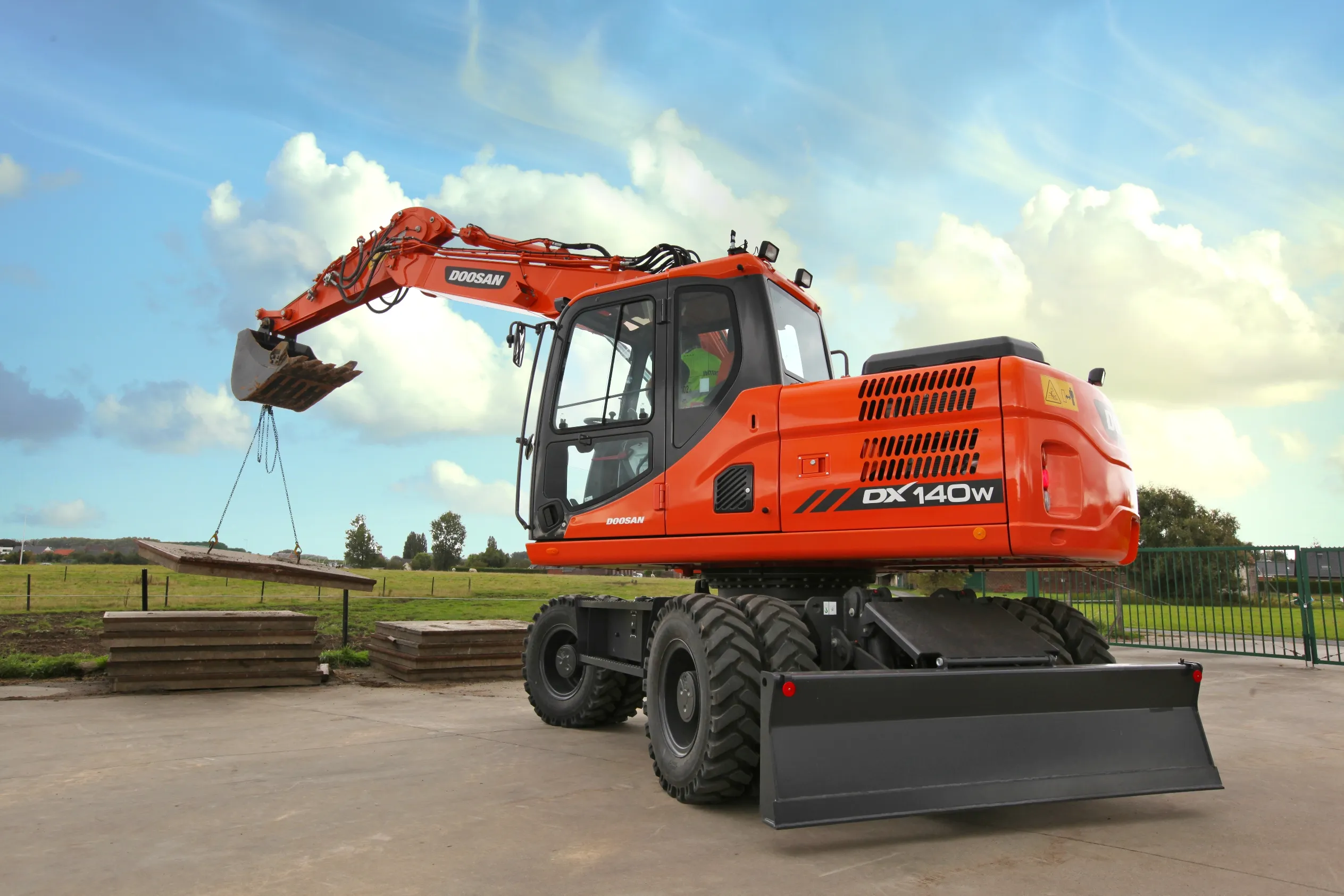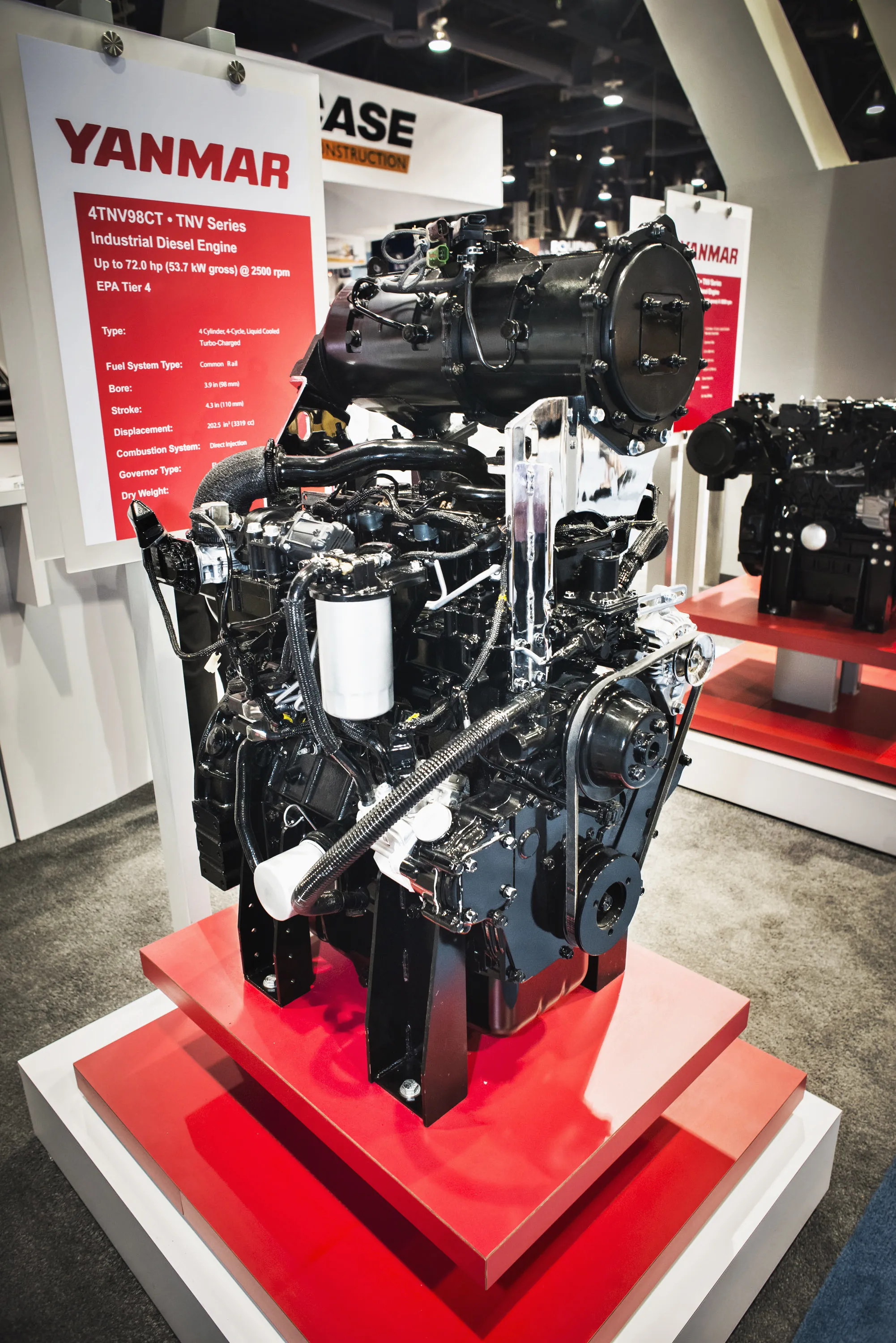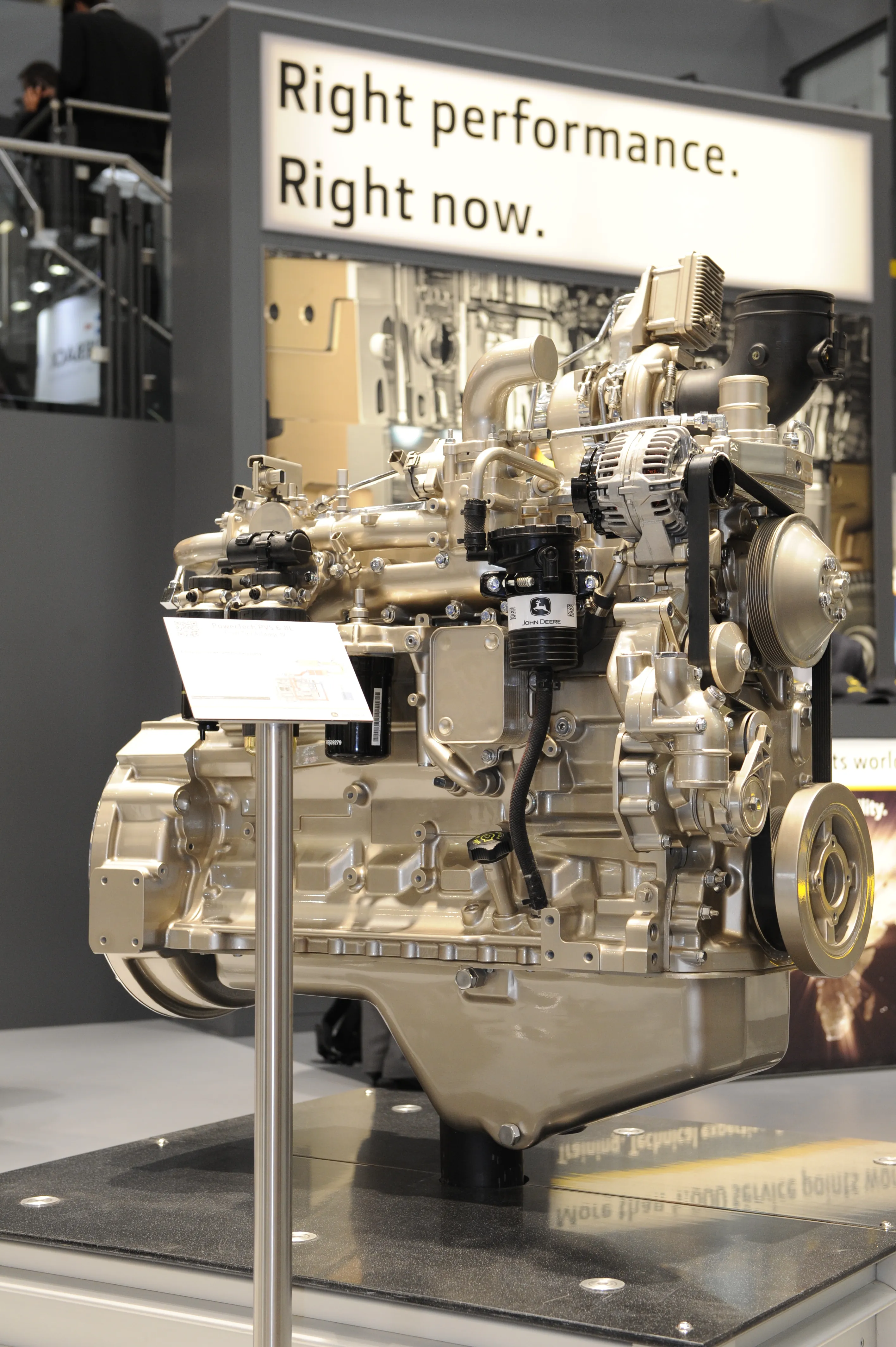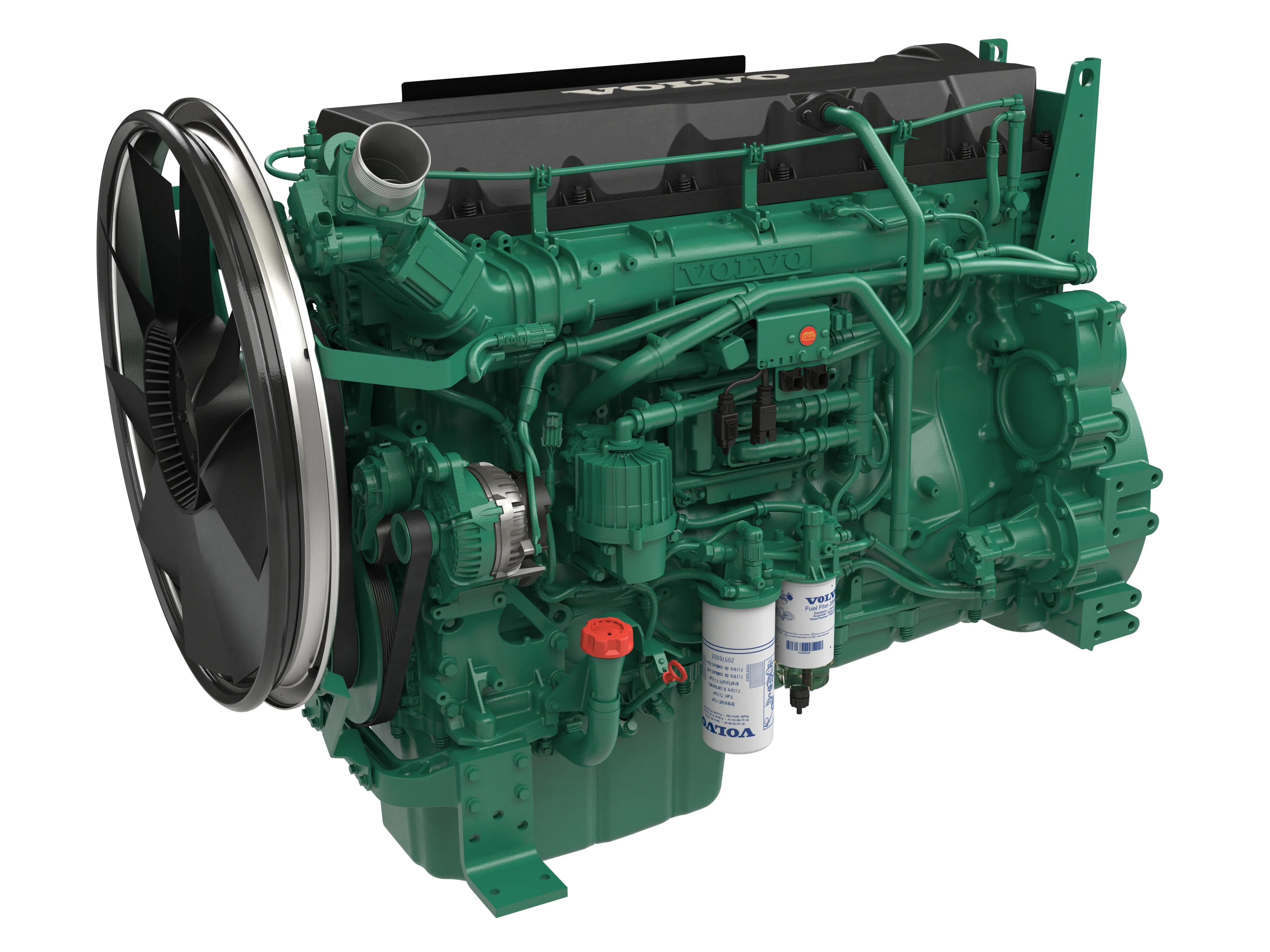Aimed at the 14tonne and 16tonne classes, the new Doosan DX140W-3 and DX160W-3 wheeled excavators are said to offer major performance gains over the models being replaced. As with the firm’s new crawler excavators, new cabs provide a more comfortable working environment, with improved controls and ergonomics and in-cab noise levels that are reduced by 5dBA. Both machines are powered by the proven Doosan DL06KB diesel, which delivers a 2% increase in power to 102kW and a 12% increase in torque over the previ
January 31, 2013
Read time: 2 mins

Aimed at the 14tonne and 16tonne classes, the new 695 Doosan DX140W-3 and DX160W-3 wheeled excavators are said to offer major performance gains over the models being replaced. As with the firm’s new crawler excavators, new cabs provide a more comfortable working environment, with improved controls and ergonomics and in-cab noise levels that are reduced by 5dBA. Both machines are powered by the proven Doosan DL06KB diesel, which delivers a 2% increase in power to 102kW and a 12% increase in torque over the previous engine. The engines meet Stage IIIB/Tier 4 Interim emission regulations and are equipped with exhaust gas recirculation (EGR) and diesel particulate filter (DPF) after-treatment. Other gains in performance are claimed too, compared to the previous generation machines. The main pump flow has increased by 8% and system pressure has risen to 350-370 kg/cm2. Bucket forces have been increased by 16% and arm forces by 6-16%, while lifting capacities have been boosted by 3-12% over the front of the excavators. The machines offer a 10% increase in traction force as well as a 9% reduction in fuel consumption in some operating cycles.
%$Linker:








